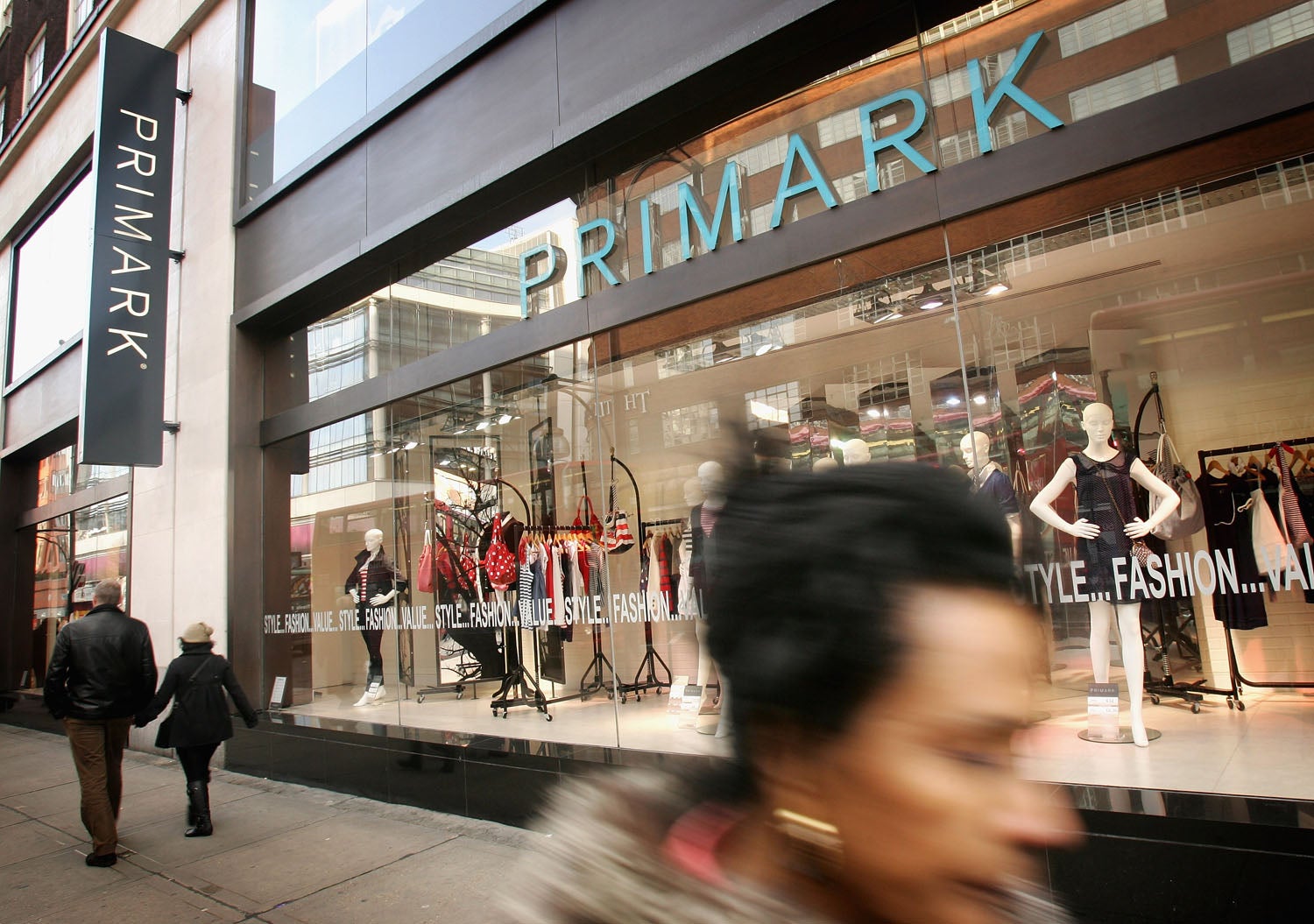Fast fashion

Your support helps us to tell the story
From reproductive rights to climate change to Big Tech, The Independent is on the ground when the story is developing. Whether it's investigating the financials of Elon Musk's pro-Trump PAC or producing our latest documentary, 'The A Word', which shines a light on the American women fighting for reproductive rights, we know how important it is to parse out the facts from the messaging.
At such a critical moment in US history, we need reporters on the ground. Your donation allows us to keep sending journalists to speak to both sides of the story.
The Independent is trusted by Americans across the entire political spectrum. And unlike many other quality news outlets, we choose not to lock Americans out of our reporting and analysis with paywalls. We believe quality journalism should be available to everyone, paid for by those who can afford it.
Your support makes all the difference.students were once the pioneers of edgy, eclectic fashion. Customised, clashing pieces were mixed with classic wardrobe staples and nothing was off-limits in terms of style; in fact, the more outlandish the better. But these days the streets are awash with hundreds of Ugg boot-clad, Sienna Miller clones - where has all the experimental fashion gone?
Student budgets are tight and leave little room for luxury. The success of chain stores such as Primark has led to the rise of “fast fashion”: clothes are being produced more cheaply than ever and are regarded as disposable rather than a long-term wardrobe investment. The rules of fashion maths – the more you wear something, the cheaper it becomes – no longer apply. These days there is genuinely no reason to wear an outfit twice, and you don’t need to be Victoria Beckham to afford it.
Now it’s easier than ever to look like the celebrity of the moment, with retailers churning out more-or-less exact replicas of their outfits. As soon as designers send a garment down the catwalk, high-street stores are ripping them off for a fraction of the price. This saturation limits your options, unless you happen to be looking for a key item that season in which case you’ll be spoilt for choice; who knew there could be so many variations of black leggings?
The rise of chain stores such as H&M has also meant that smaller businesses have struggled to compete. Independent boutiques in particular have been hard hit by the threat of larger retailers, with the general consensus appearing to be that nobody wants to pay £50 for a pair of jeans when you could get three pairs for the same price at Primark. The truth is, students are going to opt for whatever seems to be the biggest bargain and are increasingly turning their backs on designer brands; hardly surprising given the current economic climate.
Charity shops were once treasure troves loved by students for their unique vintage finds; nowadays they are more like the graveyards of Topshop’s Autumn/Winter collection or the final resting places of unwearable accessories. Genuine bargains are lost – often literally – beneath swathes of unwanted cast-offs that charity shops simply can’t shift. “Fur coats, brooches and patterned dresses have made way for cheap, badly made, mass-produced sweatshop exports,” according to Aimee Richards, 22, a sociology student from the University of Sheffield. “Not the kind of stuff that I want to be giving a loving home to.”
This has forced students to get creative when it comes to fashion. It’s not all doom and gloom; vintage stores appear to be bucking the trend and doing well, thanks to the rise of vintage fashion. Often tucked away in back streets, they can be heaven for a fashion lover with unique pieces from across the decades. The internet also offers alternative retailers a platform and clothes can be customised or professionally altered. Though more expensive, dressmakers will often make outfits from scratch if you provide the material.
Alternatives to the high street – and the mainstream – do exist, students just have to look that bit harder to find them. Being an impoverished student shouldn’t mean you have to sacrifice style.
Join our commenting forum
Join thought-provoking conversations, follow other Independent readers and see their replies
Comments